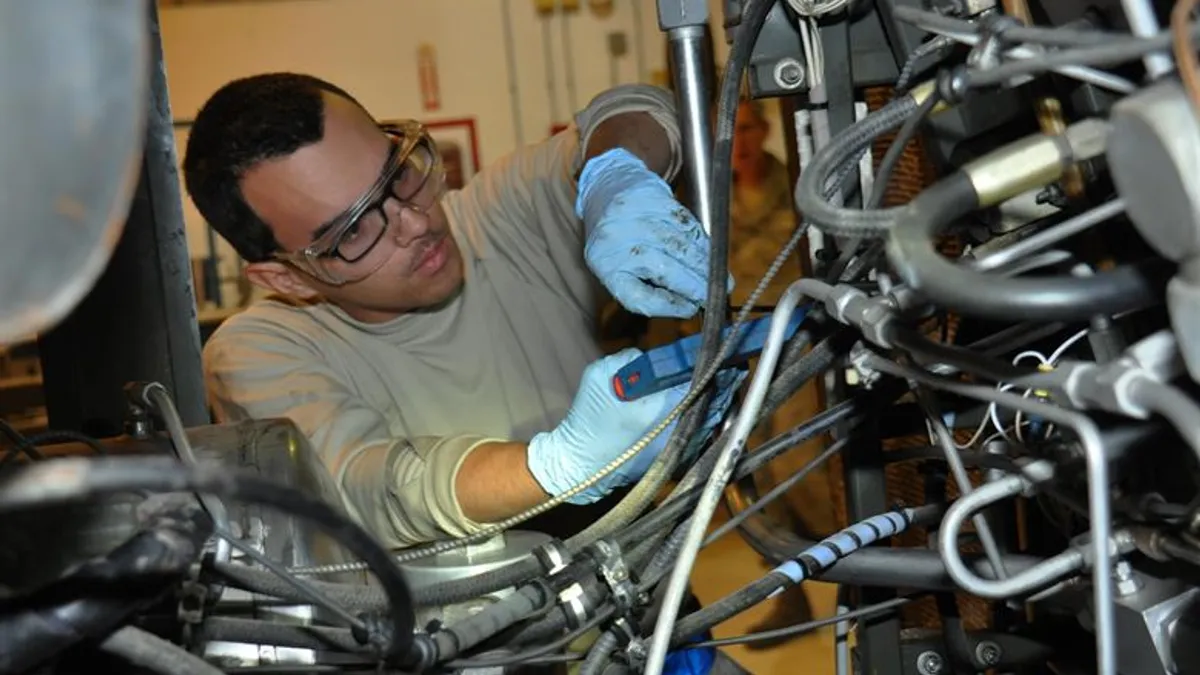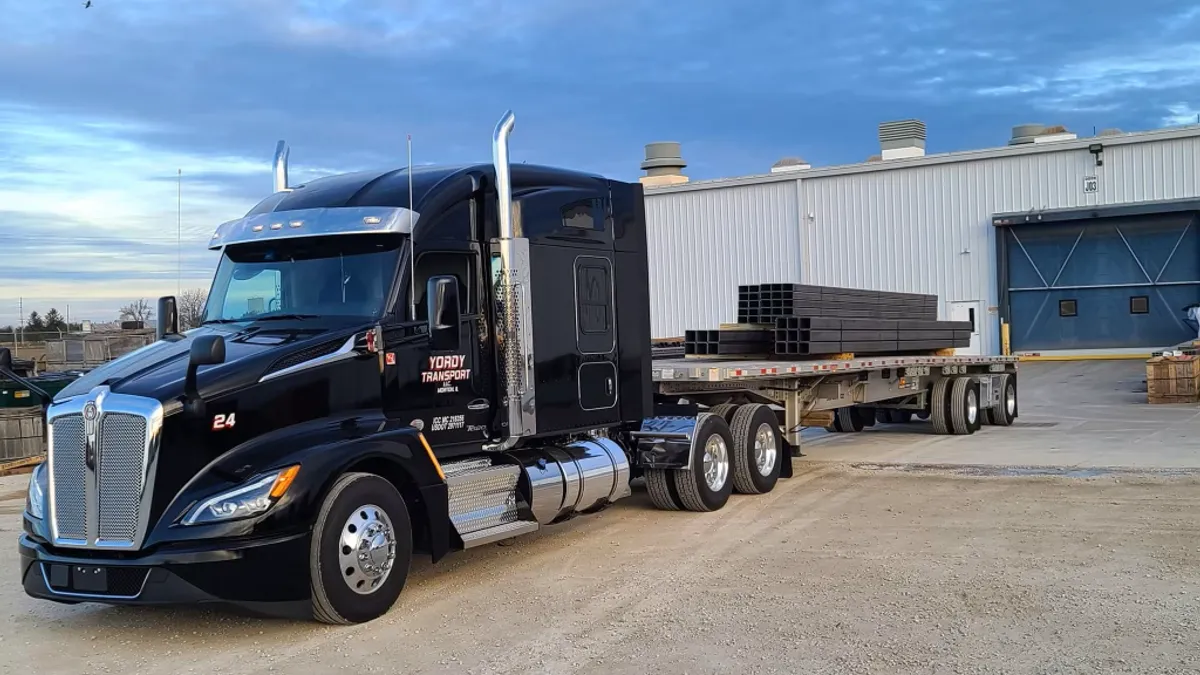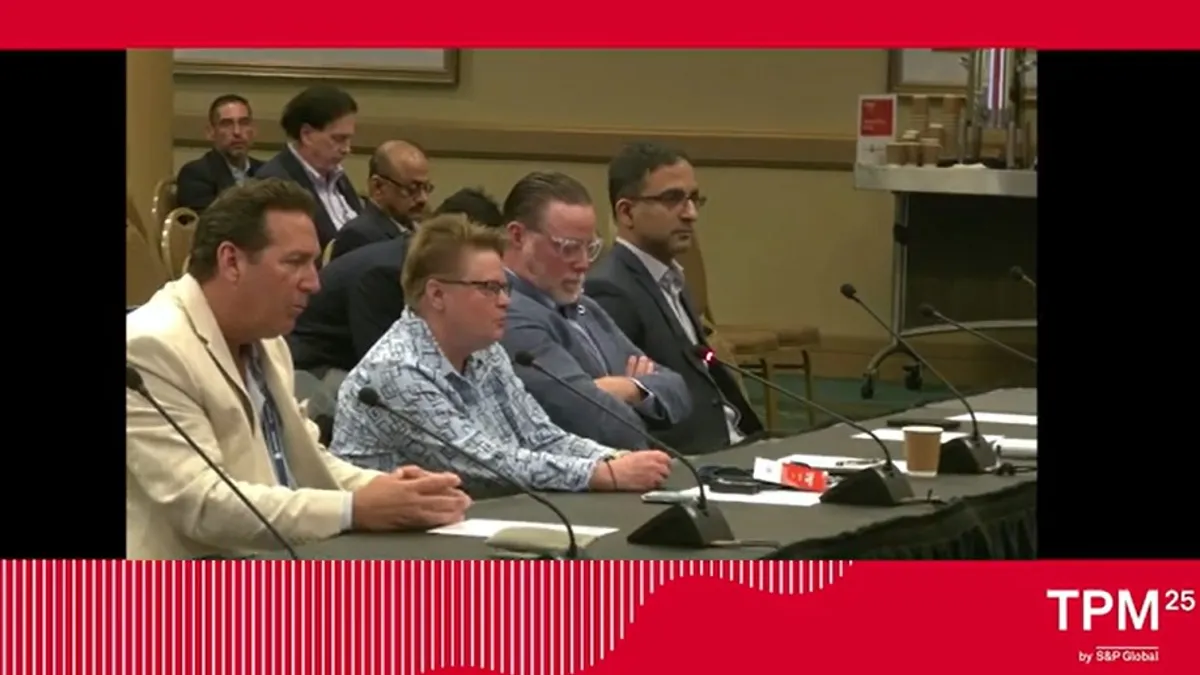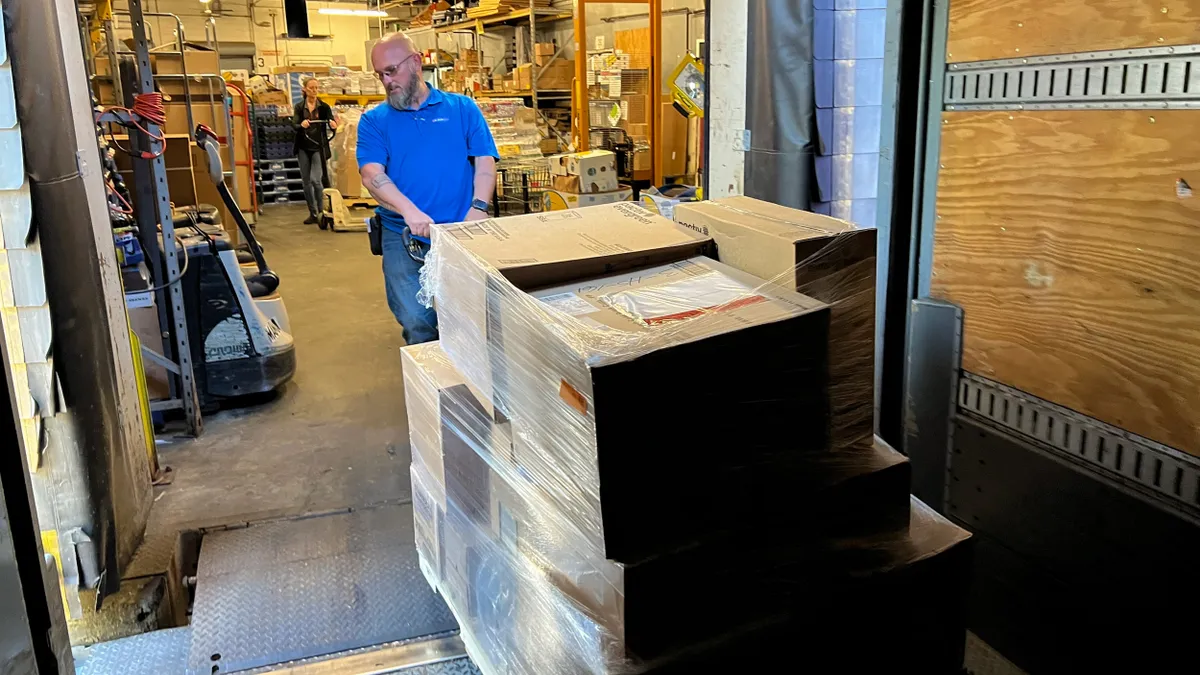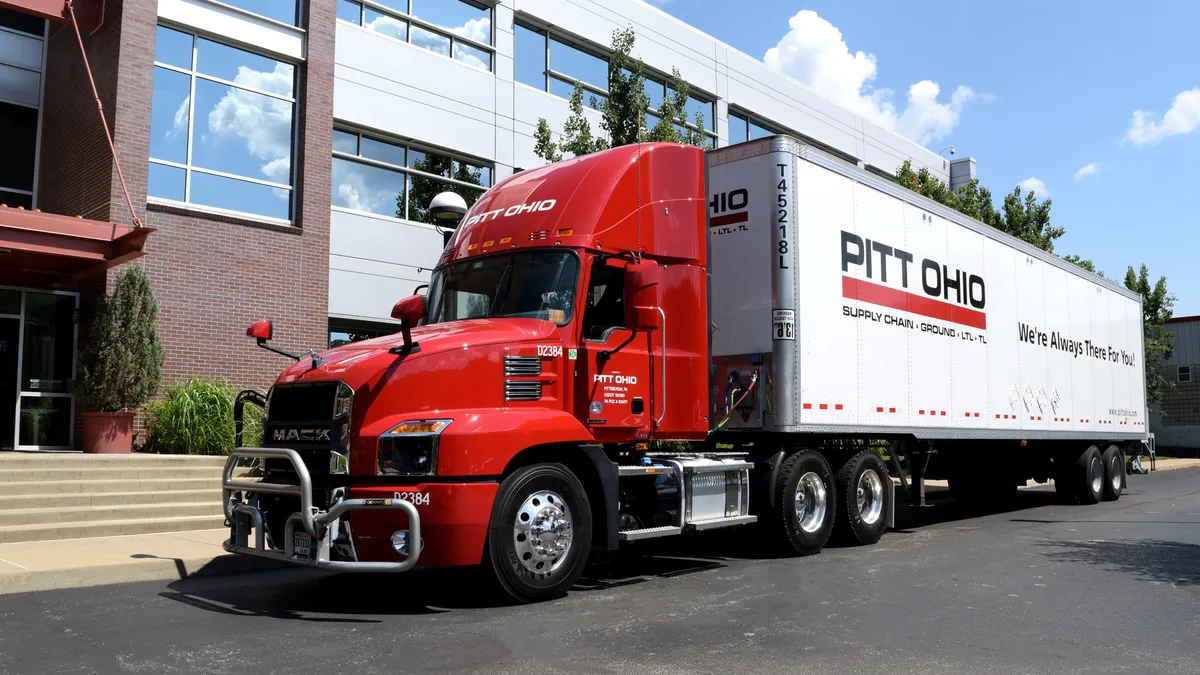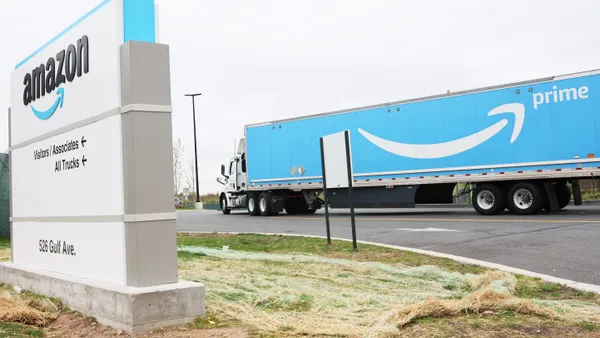It seems as if every article, blog and podcast about the driver shortage—should they be made physical—would seemingly extend from coast to coast. According to the American Transportation Research Institute’s report, "Critical Issues in the Trucking Industry—2018," the driver shortage is the number one concern of respondents, followed by the Hours of Service rules and then driver retention, clearly spurred by the driver shortage. The Electronic Logging Device (ELD) mandate was number four.
Even with those issues though, more than 33 million trucks are on the road, moving about 71% of the nation's freight by weight, according to the American Trucking Associations. Here’s a question: Who keeps those trucks in safe, efficient operating condition? Of course, the answer is mechanics and technicians. But, as with drivers, fleets and logistics providers also are dealing with a shortage of mechanics.
"We have all felt the consequences of the skilled labor shortages in the over-the-road transportation industry," Andy Dishner, COO of Tennessee-based Konexial, told Supply Chain Dive. "Not only does this affect the fleet owners and managers, but it has the potential to dramatically alter the economic equation."
For one thing, freight rates have risen this year as carriers struggle with the driver shortage, Dishner noted, but that’s not all.
"It’s not just behind the wheel, it’s under the hood as well—the adverse effect of a shortage of mechanics and support roles," he said. "Not having a driver to man the truck is a priority issue for sure, but a driver simply can’t do his job if his rig is down without someone to fix it."
The U.S. Bureau of Labor Statistics (BLS) says fewer workers are entering vocational education programs as Baby Boomers age and retire. When it comes to diesel service technicians and mechanics, the Bureau reports, the field is projected to grow by 12 percent from 2014 to 2024, faster than the average for all occupations. The BLS also said 67,000 technicians will be needed to replace retired workers, and 75,000 new mechanics must be added to meet additional demand by 2022.
Myth busting
Penske Truck Leasing, which has a North American fleet of more than 323,000 vehicles and a truck maintenance workforce of around 8,500 people, needs to find new technicians as its older employees near retirement. Finding those people is a growing challenge, Gregg Mangione, senior vice president of maintenance for Penske Truck Leasing, told Supply Chain Dive.
"We’ve seen our traditional pipeline get thinner and thinner," he said. "This won’t get any easier. A lot of folks are competing for the same talent pool, automotive and HVAC, for example."
For many years, there’s been a societal push that stresses "without a college degree, you won’t have a career." Jennifer Maher, CEO at TechForce Foundation, an organization that raises youth awareness around technician careers, agreed that it’s an issue even for students who are interested in the trades.
"Students get discouraged," she told Supply Chain Dive via email. "The stigma that it’s a dead-end, dirty job that doesn’t pay well keeps too many parents and counselors dissuading students from pursuing the pathway. Yet this outdated stigma couldn’t be further from the truth. The skills required to be a professional technician are highly technical and advanced. Technicians can go from entry level to master technician, and have the opportunity to shift from hands-on work to become advisors, managers and corporate leaders."
"Technicians have a virtually limitless ceiling when it comes to income because of things such as shift options and flat-rate pay plans."

Jennifer Maher
CEO at TechForce Foundation
Even the nomenclature has changed, Mangione said, pointing out that technician is a more apt job title than mechanic. "There are more diagnostics and more complex systems. We’re trying to let [school-age students] know that we’ve invested hundreds of millions of dollars in technological tools to service these kinds of trucks."
According to the Bureau of Labor Statistics, the 2017 median wage for diesel mechanics was $22.29 per hour and $46,360 per year (in May 2017, the median annual wage for all workers was $37,690).
Maher said wages are not the major drawback to attracting new workers, as pay continues to increase in an effort to match the demand for new technicians.
"Because of demand, wages for technicians are continuing to climb and TechForce seeks to tell the stories of technicians who are successful in the industry," Maher said. “Technicians have a virtually limitless ceiling when it comes to income because of things such as shift options and flat-rate pay plans. Additionally, TechForce has found that the biggest obstacles to entering the technician career is not income, but the stigma attached to the career as a whole.”
What to do
Konexial’s Dishner says his carrier customers are aware of, and have been affected by, the increase in costs to repair and maintain their trucks, noting the revenue they miss when a truck is in the shop.
"Many large fleet owners are insuring their own repair shop operations to help defray costs," he said. "As one of our carrier customers recently stated, ‘I really didn’t want to get in the maintenance business and may be waiting on my trucks to get fixed from time to time, but they are my trucks. Seeing that asset sit in a shop behind another company’s truck is a different animal. I want as much control as I can get.'"
To help its customers find extra revenue, Konexial created a program called Dynamic Load Matching to help carriers find extra loads so that all the driver and technician issues don’t cripple the bottom line. "It may not solve the capacity issue altogether, but it will dramatically reduce empty miles and utilize equipment that’s already rolling down the road," he said.
"Once they get in here, we put in a lot of effort to develop and keep them."

Gregg Mangione
Senior Vice President of maintenance for Penske Truck Leasing
Meanwhile, Penske Truck Leasing has joined TechForce Foundation’s FutureTech Success national, multimedia, multiyear campaign to raise student awareness of career opportunities as vehicle technicians. Penske will also take part in creating marketing materials and advertising while sharing content on its own social media channels.
Going beyond marketing and advertising, TechForce has dialed up its social media to reach Gen Z audiences by posting opportunity and lifestyle content daily. Personal contact also is playing a large role, Maher said.
"Another high-touch activity we are seeing great results from involves mobilizing our partners and community volunteers in hands-on activities and events for junior high and high school students [and their parents]," she said. "One of our recent successes is the TechForce STEM Center, presented by Shell Powered by Pennzoil. We unveiled it at the Barrett-Jackson Northeast Auction to approximately 70,000 people. Volunteers from sponsors like Penske, GM, Ford, Manheim and Snap-on helped engage hundreds of students and parents in fun, hands-on STEM activities. It was so well received that we are replicating it across the country. Schedules will be posted on social media."
Mangione added that current employees also want training and career development, something Penske has addressed by adding trainers.
"Once they get in here, we put in a lot of effort to develop and keep them," he said. "There are three tiers to training: computer-based, classroom and hands-on. We’ve gone from nine to 16 to 32 trainers in six months."
Maher said that TechForce is beginning to see that building a pipeline of young aspirants is turning the tide.
"We are beginning to see some evidence that attitudes are changing and the stigma is diminishing. In the past, we have seen parents diverting their kids away from our sorts of activities," she said. "At our new STEM Center they were actually lining up to engage and learn more. ... When the industry and educators collaborate [on] shifting the perceptions we see a bright future of rewarding careers and a great lifestyle without the suffocating debt burden of a four-year college."
This story was updated with new data on Penske's fleet and workforce.


